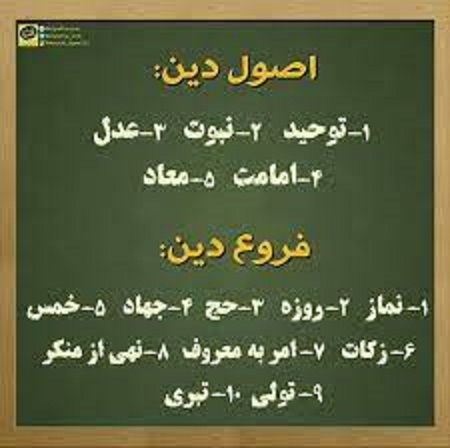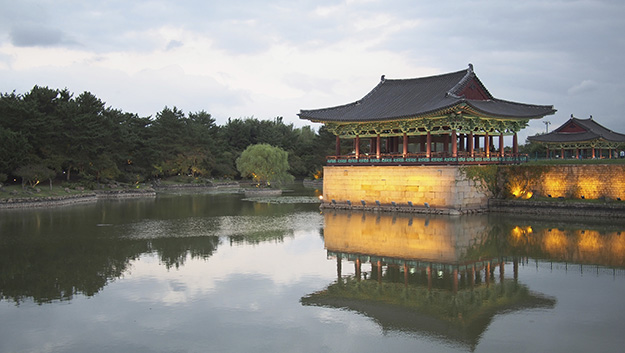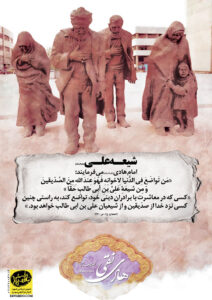According to rahyafte (the missionaries and converts website):Five Pillars of Islam:
Shahada (Declaration of Faith)
The Shahada stands as the cornerstone of a Muslim’s belief, encapsulating the essence of monotheism and the prophetic mission. This declaration, “There is no god but Allah, and Muhammad is His messenger,” serves as a profound affirmation of faith. Its significance is immeasurable, representing a pact between the individual and the divine.
In the Shahada, believers bear witness to the oneness of God and acknowledge Muhammad (peace be upon him) as the final messenger who conveyed Allah’s guidance. This affirmation forms the bedrock upon which a Muslim’s entire spiritual journey rests.
While the Shahada remains a unifying creed for both Sunni and Shia Muslims, it’s important to acknowledge the nuanced variations in its articulation across different traditions. These differences underscore the diverse paths through which believers express their devotion, yet the core message of unity and faith remains unaltered.
Salah (Prayer)
Salah, the daily ritual prayer, serves as a direct channel of communication between the worshipper and the Creator. These five prayers, performed at specific times throughout the day, punctuate the believer’s routine, grounding them in mindfulness and spirituality.
The physical postures of prayer are symbolic and reflect the profound humility and submission that one feels before Allah. From standing in Qiyam to bowing in Ruku, prostrating in Sujood, and sitting in Tashahhud, each position embodies a unique connection with the divine.
Diversities in prayer practices between Sunni and Shia communities offer an opportunity for enriching understanding. From the Adhan, which resonates the call to prayer, to the variations in Rak’ahs, these distinctions showcase the beautiful tapestry of Islamic worship.

Sawm (Fasting)
The practice of Sawm, fasting during the holy month of Ramadan, transcends physical abstinence. It is a transformative experience that fosters empathy, self-discipline, and heightened spirituality.
Fasting during daylight hours prompts a sense of unity as Muslims worldwide share in this act of devotion. The daily rhythm of Suhoor and Iftar not only nourishes the body but also nurtures a deep sense of gratitude and compassion.
Differences in the timing of starting and breaking the fast between Sunni and Shia traditions remind us of the rich diversity within Islam. These variations, rather than dividing, contribute to a tapestry of shared values and practices.
Zakat (Charity)
Zakat, a vital pillar, bridges the gap between affluence and need, underscoring the importance of compassion and social responsibility. This obligatory almsgiving is a means of uplifting communities, promoting equity, and addressing economic disparities.
The calculation and distribution of Zakat reflect Islam’s commitment to economic justice. While Sunni and Shia Muslims share the core principle of giving, the nuanced distinctions in the recipient categories and calculation methods showcase the multifaceted approach toward fulfilling this sacred duty.
Hajj (Pilgrimage)
The Hajj pilgrimage is a spiritual odyssey that retraces the footsteps of Prophet Ibrahim (Abraham) and his family. It embodies unity, humility, and devotion, demonstrating the global unity of the Muslim ummah.
The Tawaf around the Kaaba and the symbolic stoning of pillars during Hajj hold profound significance, representing purification and the casting away of spiritual burdens. While Sunni and Shia pilgrims undertake these rituals differently, both share a commitment to seeking Allah’s grace through this transformative journey.
As new Muslims embrace these Five Pillars, they embark on a path of profound spiritual growth, guided by the core principles that define the essence of Islam. The unity in diversity within these practices exemplifies the rich tapestry of beliefs and traditions that collectively form the global Muslim community.



















